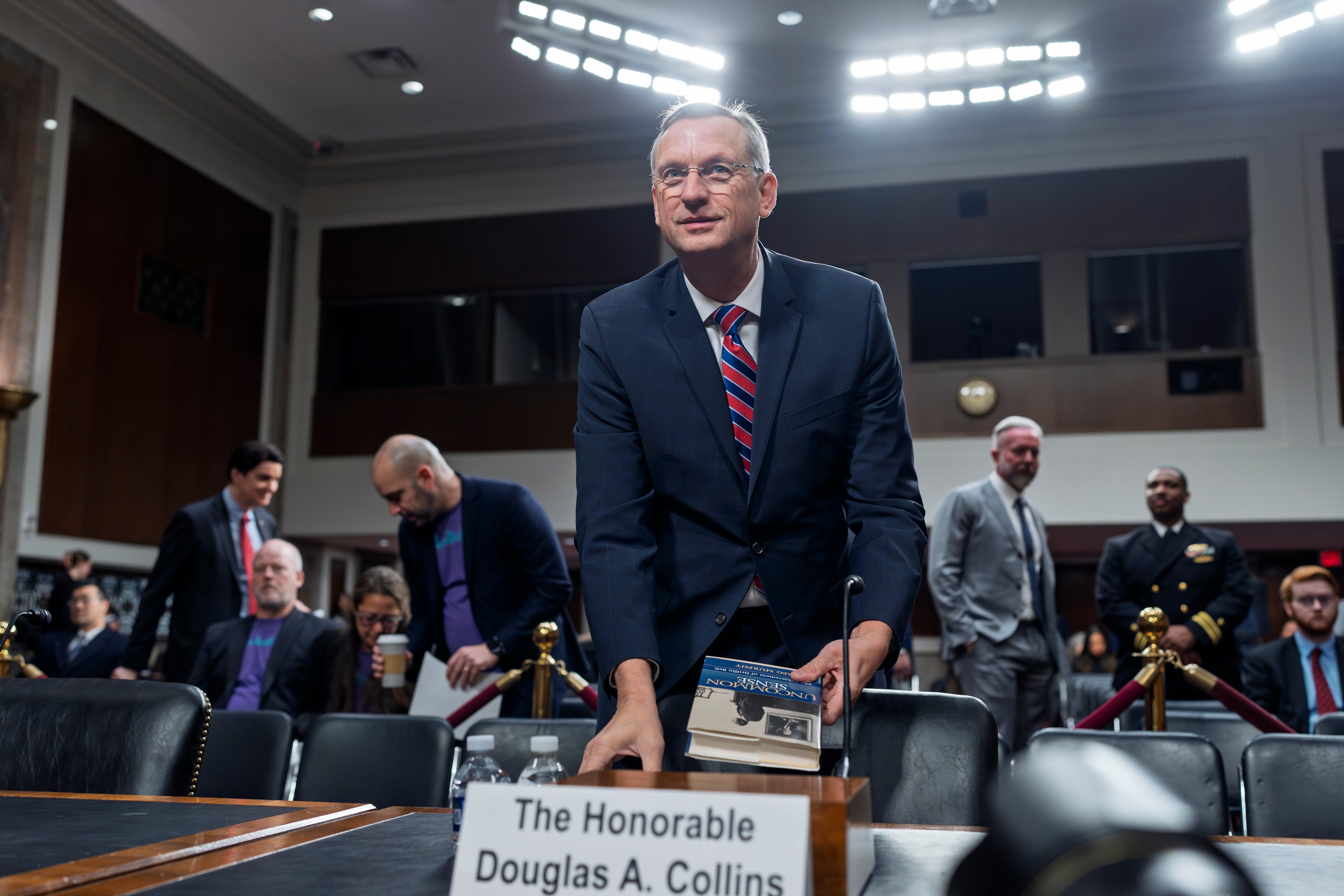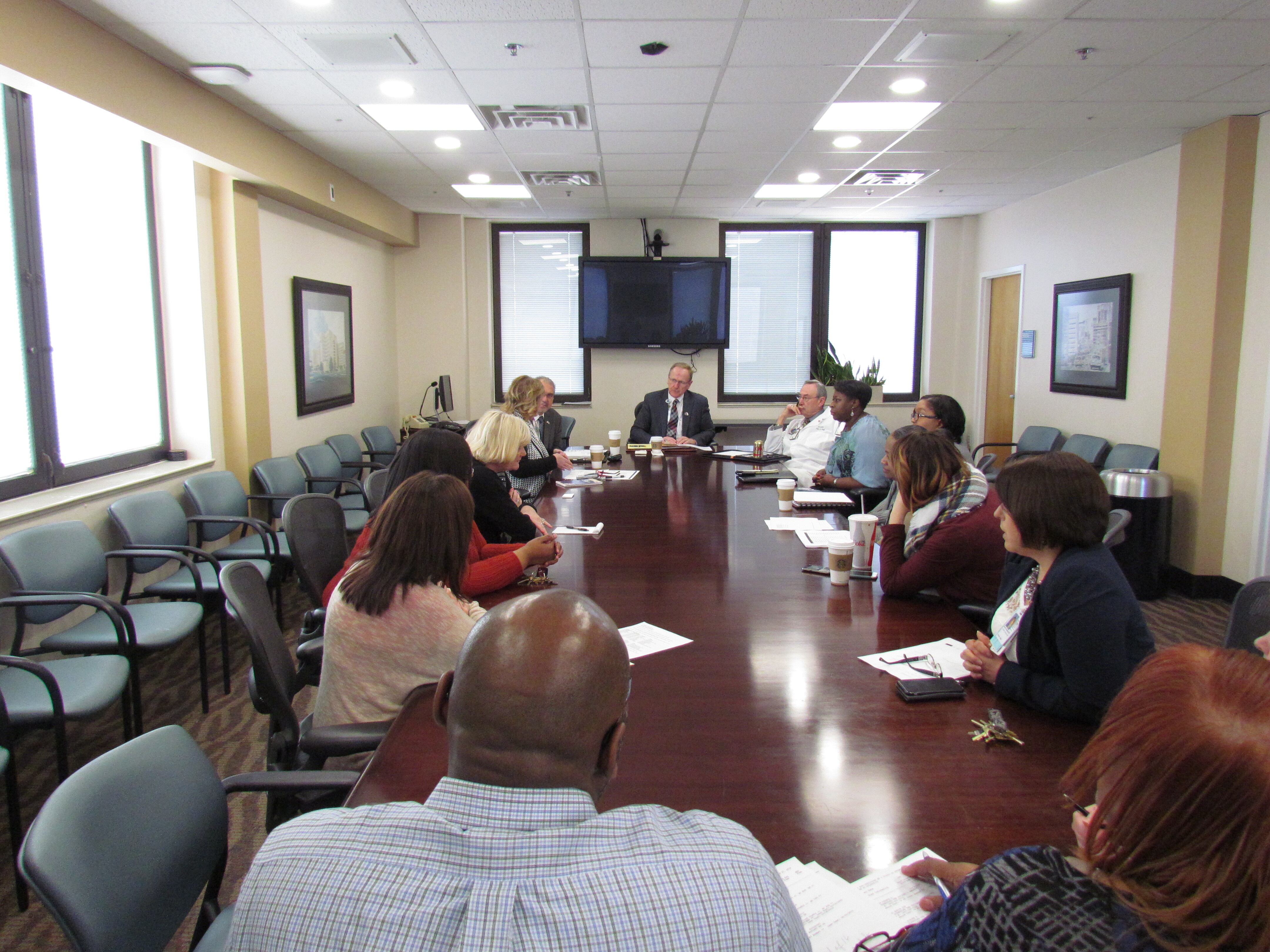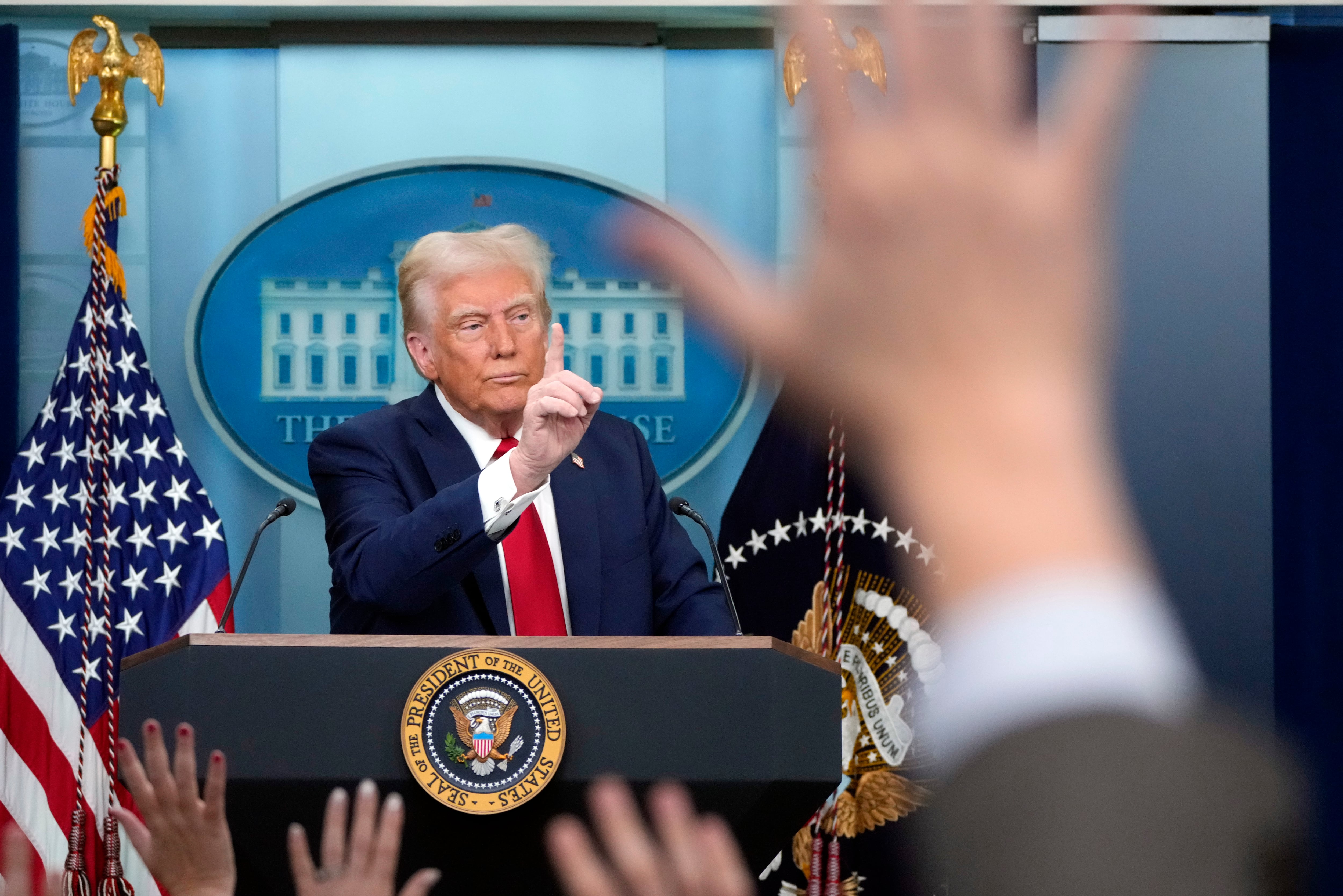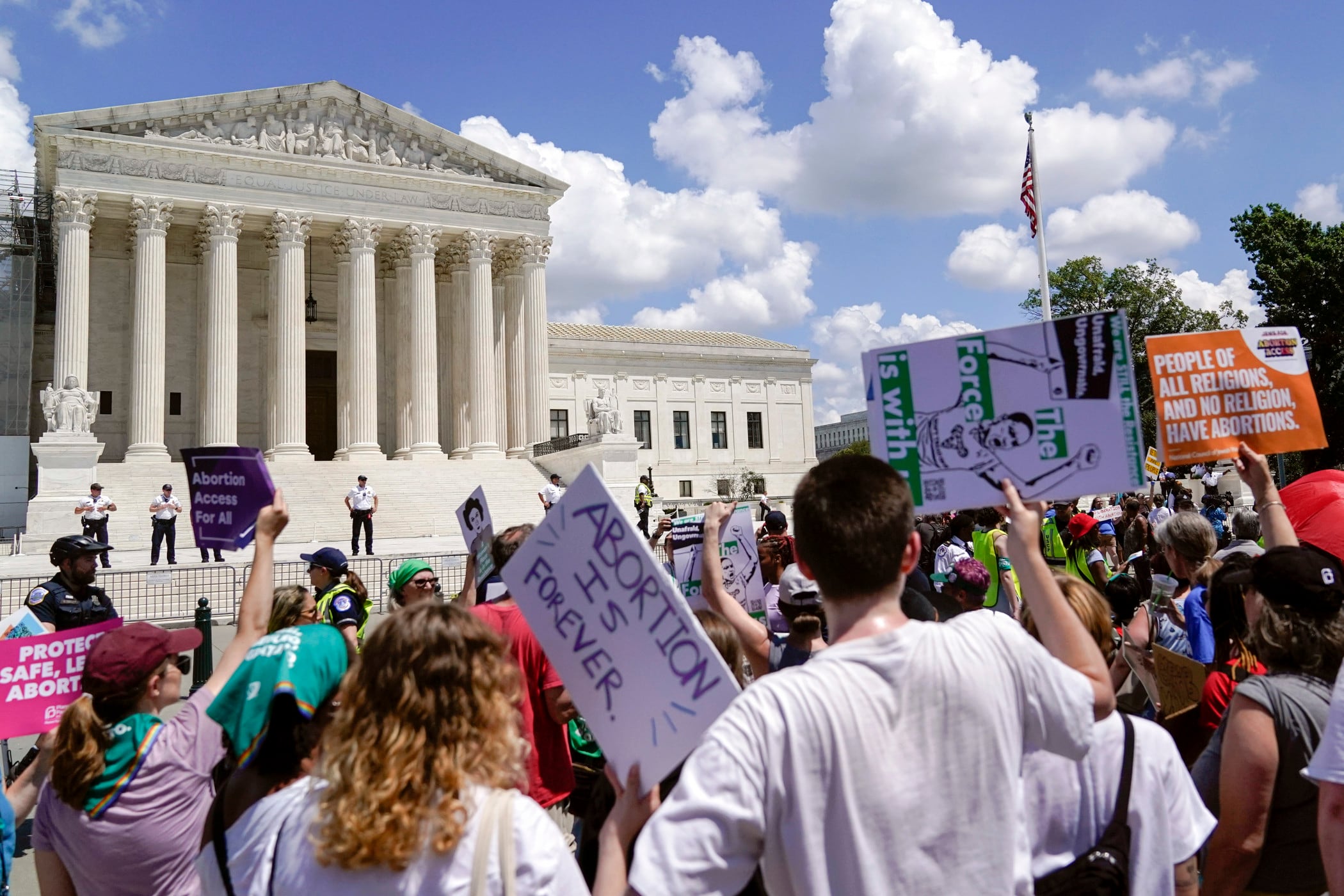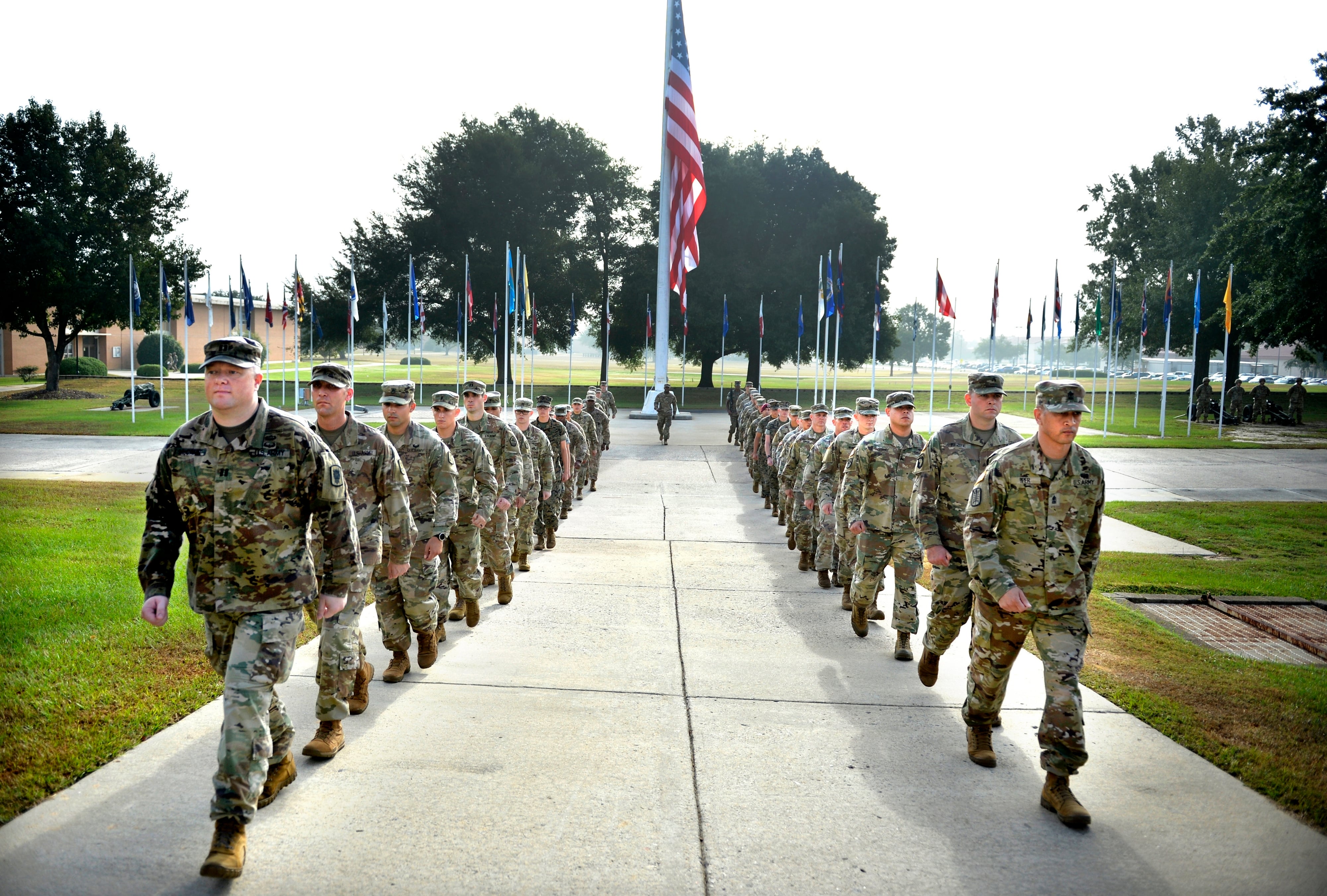The two-year slide in the chance to advance to the Navy's top enlisted paygrade has ended.
With the start of the fiscal 2017 active-duty E-9 selection board, today, comes the news that chances for the 3,580 advancement eligible senior chief’s have a 13.2 percent chance at earning their second star. to put a second star on their chief’s crow has increased to 13.24 percent.
A total of 474 quotas are expected to be awarded across the 73 ratings and competitive groups at this level.
That’s nearly a percentage point higher than last year’s 12.329 percent shot, when 394 of the 3,206 eligible E-8's moved up.
Though the slight uptick ends the two-year slide in the chance for master chief, it is the first rise in three years, when eligibiles had a 15.3 percent shot, which was a 10-year high of 15.29 percent was offered.
The rate rose with a boost of 80 quotas over last year. rise is due to an increase of 80 in the number of quotas and the rise in opportunity could have even been higher if it wasn’t for a corresponding increase of 374 eligible senior chiefs competing for those open slots.
The board, which convened Mondaytoday, will spend roughly two weeks in "the tank" at Navy Personnel Command in Millington, Tennessee. As is customary, both the quotas and the names of those sitting on the board were released to the public.
The quotas, which were approved by Chief of Naval Personnel Vice Adm. Bill Moran, are the maximum number that can be advanced in each rating.
As suchHowever, officials always stress that the board isn’t bound to advance to all quotas if they feel there aren’t enoughsufficient qualified candidates. Quite Often boards give quotas back.
Results won't be ready for at least a month after the board adjourns.
This year’s shot is the third-highest chance to make master chief since the fiscal 2006 board, when 13.4 percent advanced. Only the 2013 and 2014 boards had higher chances. The only higher were the fiscal ’13 and ’14 boards which both had opportunity over 15 percent.
Thirty-five ratings will advance above this year’s 13.24 percent Navy-wide E-9 average, down from 40 last year which advanced above the average. On the other hand, 33 ratings have lower-than-average advancement rates, and five ratings won't advance anyone at all.
Forty ratings will advance above that Navy-wide average, while 33 will come in below that mark while five won't advance anyone at all.
The top spot this year goes to the command master chief rating, which has quotas to advance 67 of the 95 eligible sailors — an opportunity of 70.53 percent, nearly — just short of double any other rating on the list.
It’s the first year the board will consider sailors from the newly created command senior chief rating which was created last year.
Five ratings, encompassing 106 eligible sailors, won't advance anyone this year.
Of the five ratings at the bottom, only one of them also advanced no one the year before. Senior chief machinery repairmen will have to wait until next for the third straight year. The good new for these sailors is the fact that even though there were also five goose-eggs on last year’s list, only one rating is making a re-appearance on the list, giving hopes of a rebound next year as did the submarine qualified culinary specialists who advanced none last year, but this year, two of 10 — 20 percent will get a star.
But, the bad news remains for the three senior chief machinery repairmen eligible this year. For the third straight year, they are in a "wait until next year" mode.
Mark D. Faram is a former reporter for Navy Times. He was a senior writer covering personnel, cultural and historical issues. A nine-year active duty Navy veteran, Faram served from 1978 to 1987 as a Navy Diver and photographer.

